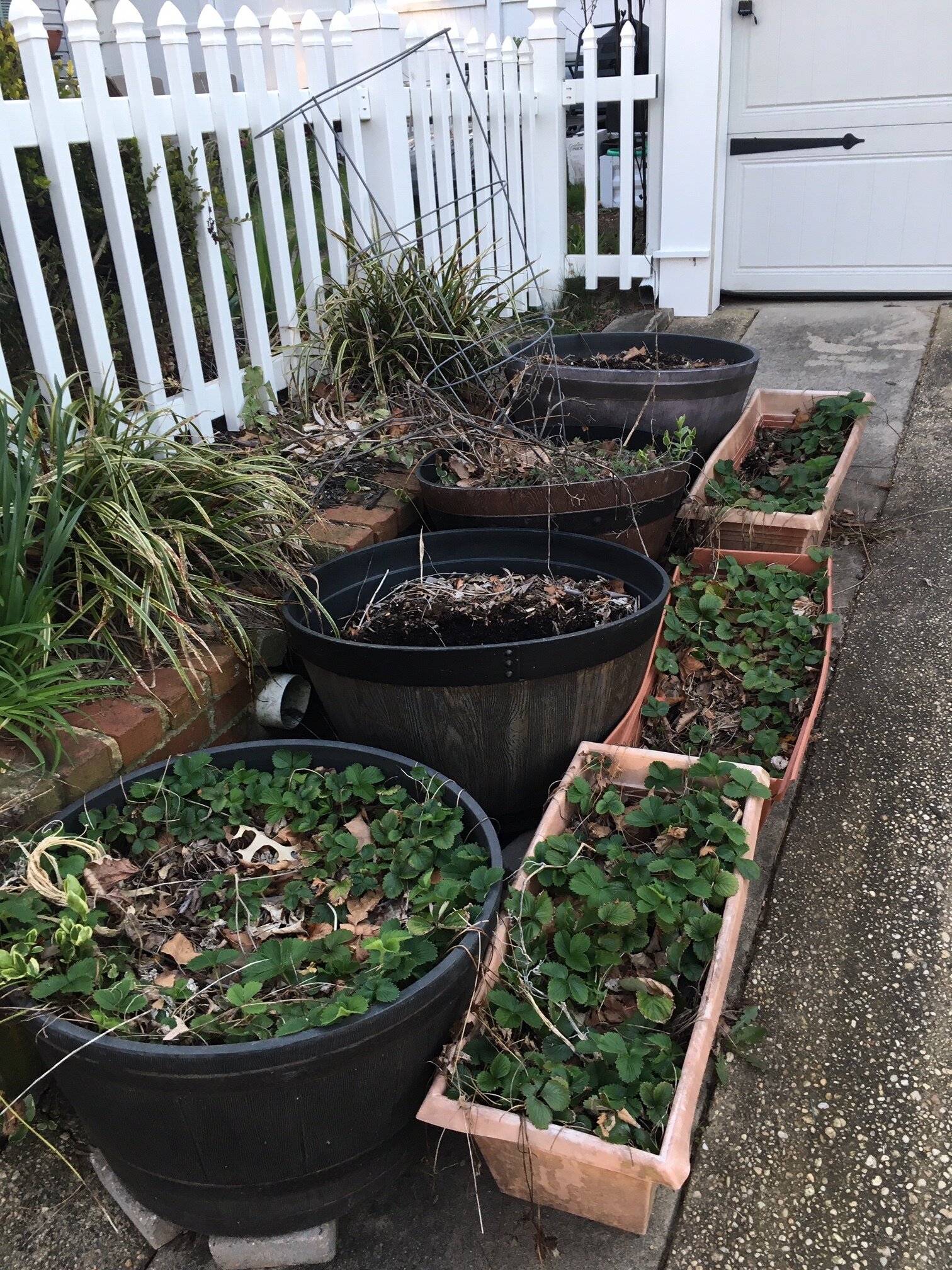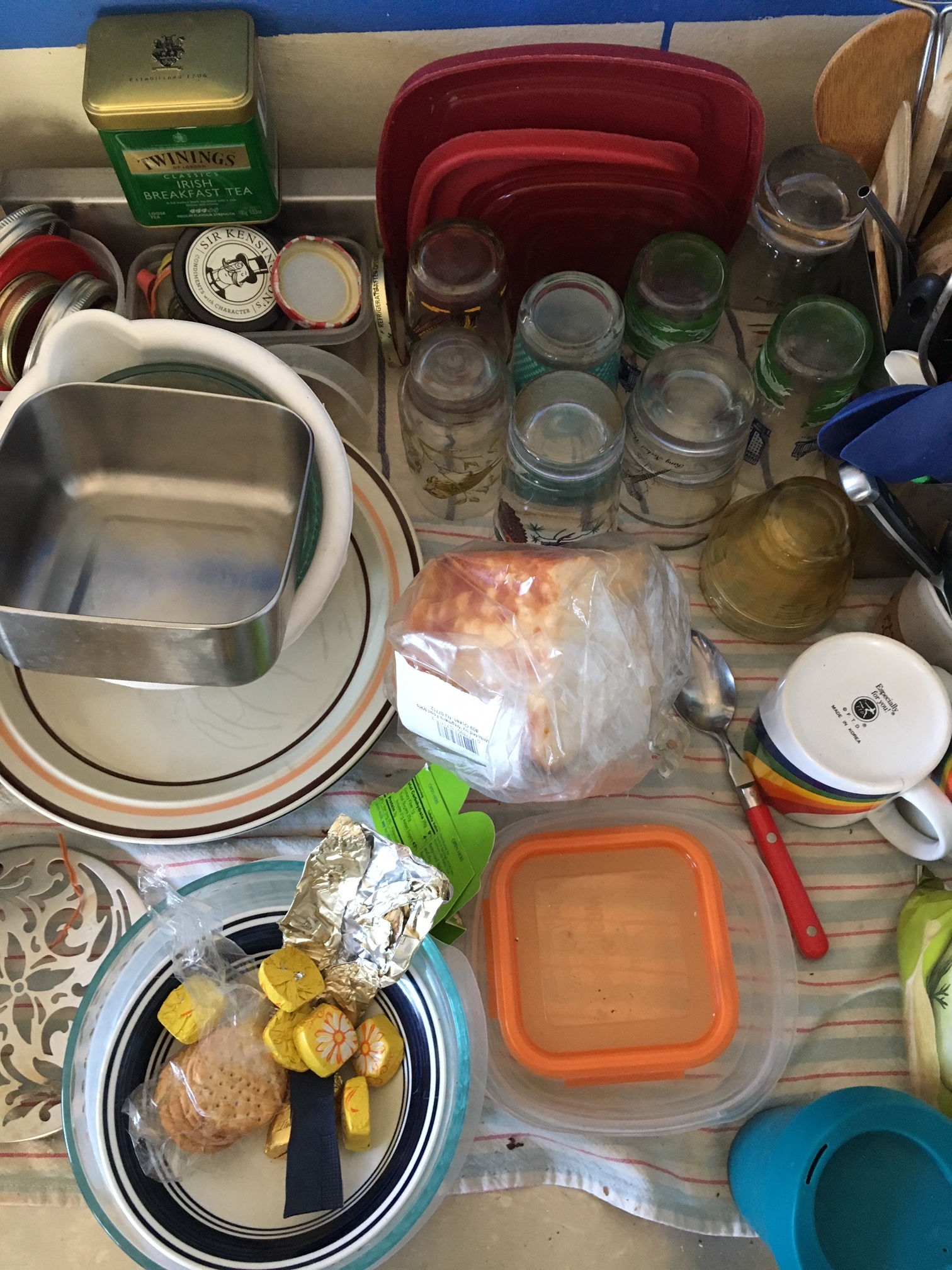Getting rid of plastic straws and plastic bags will not save the planet, but every little bit helps.
The zero waste and plastic free movements are not just about bringing your own straw or using reusable grocery bags but everyone has to start somewhere. Learning to say no to a plastic straw is a greaat starting point to saying no to other disposable plastics. It’s also a great exercise in going without. Learning to carry a reusable grocery bag is an exercise in mindfulness. We have become a society obsessed with convenience and getting everything we want exactly when and how we want it. But if we have chosen to advocate for the environment, convenience is something we have to give up. Making due and going without is a big part of living a zero waste, plastic free lifestyle. Taking on that responsibility is a huge step in the right direction.
One of things that strikes me about a more sustainable lifestyle is that it places more responsibility on the individual; to make due, to go without, to find alternatives, and do better for themselves, the planet and our global community. That’s a big responsibility, a big commitment. And it’s not always easy. But no one is going to hand us that, we have to achieve that task for ourselves. Sometimes it seems impossible. Sometimes it seems like too large a task. But by breaking it down into easily achievable steps, we can do a few steps every day until we achieve our overall goal.
Now that it’s gotten harder to bring your reusable items to many places, at least you know you can always bring your straw! (and flatware, and napkins, etc…). We cannot count on shops and restaurants doing the right thing by getting rid of plastic, we can’t expect them to forgo the health and safety of their patrons for the health and safety of the environment under the world’s current conditions, and we cannot rely on big corporations to take a long term view on the safety of the planet and our global community (they have money on the mind instead). But we can choose to fight for what we want instead of sitting back and being passive. As consumers we can make the right choices and take responsibility on ourselves. Instead of using plastic cutlery at a restaurant, we can bring our own reusables. We can refuse a plastic take away bag, and use a reusable bag we brought ourselves. We can say no to a plastic straws, but no one needs to go with out, simply bring your own.




































